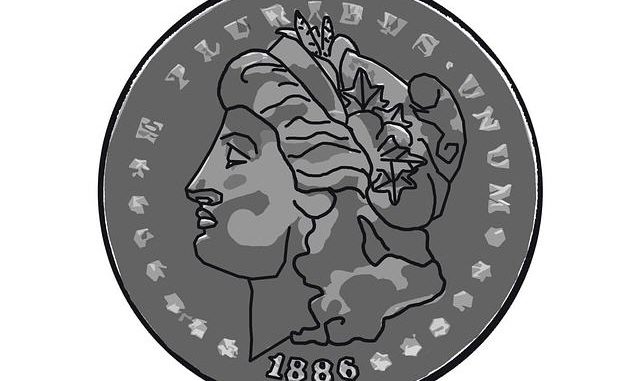
How to Quickly and Confidently Spot a Fake 1893-S Morgan Silver Dollar
By Paul St. Julien
1893-S Morgan silver dollars are so renowned, that more exist today than were originally minted. Most Counterfeit 1893-S Morgans consist of altered versions of existing genuine Morgan dollars.
The majority of 1893-S Morgan silver dollars are certified, so why would I need to know how to tell a fake one when I see it? Hasn’t NGC and PCGS already done that for me?
I’ve seen fake 1893-S Morgans both graded and raw. I have to assume PCGS and NGC graders both know how to spot a fake 1893-S Morgan, so when I see an example of a counterfeit slabbed in a legitimate looking holder, I have to figure the holder is as fake as the coin.
I also run across fake coin denial. Owners of these coins don’t want to admit they were fooled into buying a counterfeit coin. That’s a hard pill to swallow, especially when the owner paid top dollar for a graded coin with the confidence of it being blessed from a major third party grader.
The 1893-S date/mintmark is the most valuable of the Morgan designed dollars. Because of this, most counterfeit versions have been made by altering either the date, or the mintmark.
Learning to tell a fake 1893-S Morgan is simple, because ALL 100,000 coins were made from the same obverse die and two reverse dies. That makes the diagnostic really easy.
They all have the same obverse characteristics and not terribly different reverse characteristics. Any coin that doesn’t possess the telltale diagnostic characteristics is a fake. Learn what to look for, and you can spot a fake raw coin AND a fake graded coin.
The date is probably the easiest thing to pick out. Unlike other dies from the S, O, or P mints, the date has a flaw and a certain characteristic the altered coins won’t possess.
First, look closely at the 1. Does it line up exactly with the dentil directly under it? Can you draw a line right through the center of both?
Next, study the last numeral. As the date progresses, it slopes upward to the right, in relation to the edge. The 3 is noticeably higher than the 1 at the beginning. This is the easiest way to quickly spot a fake.
There are things to check in the “T” and “R” on LIBERTY, but they would need a microscope to detect. There’s a tiny die scratch in the “T” and a detail that resembles “rabbit ears” in the base of the “R”. ALL genuine 1893-S Morgans have this detail, if you happen to have a microscope check out this diagnostic detail.
You don’t really need to turn the coin over to make any more diagnostics on it.
Further diagnostics will only tell you how the alteration was made. The genuine “S” mintmark is clear and rounded. It isn’t a mushy blob. The top serif on the “S” is a vertical line, while the bottom serif is more like a triangle.
The next mintmark giveaway is the alignment of the “S”. It should be perfectly aligned. I’ve seen the “S” mintmark noticeably slanted, and it shouldn’t be. Also, the “S” is slightly filled in between the upper curve and the slant of the “S” as well as the lower curve and the slant.
Since most counterfeit 1893-S dollars are altered, continue to study the coin with a 10X glass. Rotate the coin and look for tooling marks around the 9 or 3 for signs of a date alteration on the obverse. Altered coins are usually the 1898-S, 1883-S, or 1893-P.
As collector values continue to increase with the 1893-S, the fakes will get even better. With emerging technologies, counterfeits will become almost perfect replicas of the original. My hope is that as technologies to accurately copy a coin advance, technologies to detect such copies will also keep up.
To discover more about coins: collecting issues, money management, investing in the rare and bullion coin market, and much more, I invite you to visit http://www.heritagecoingallery.com for videos and free tips on buying coins at the best prices.
Article Source: How to Quickly and Confidently Spot a Fake 1893-S Morgan Silver Dollar
![]() On eBay UK:
On eBay UK:
![]() On eBay USA:
On eBay USA:








